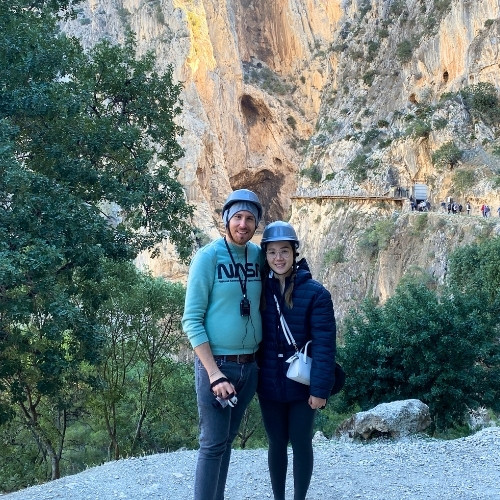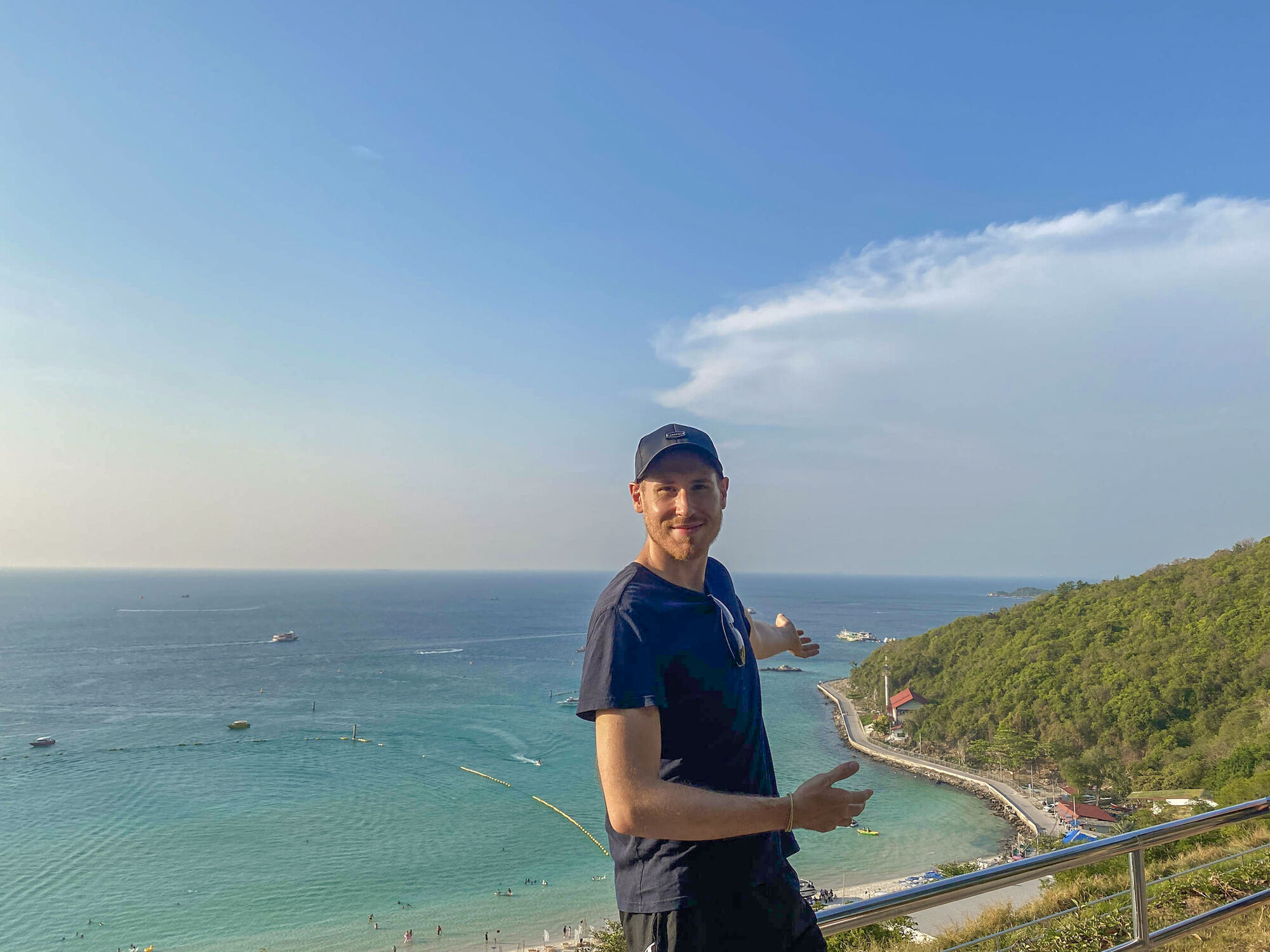As excited as we were exploring Seville itself, we knew there was much more to it. That’s right, we knew there are excellent day trips from Seville to join.
Seville is a great starting point to explore more of southern Spain. You can get to the beach relatively quickly, go to Granada and visit the Alhambra, or see the popular white villages. All offer a fresh way to taste Andalusia. But where to start? There are so many!
They are near yet totally different, and you’ll get to sample Andalusia’s mix before you head back to Seville with new stories and photos.
I know you want to know more, so read on, these are some of the best day trips from Seville you can take.
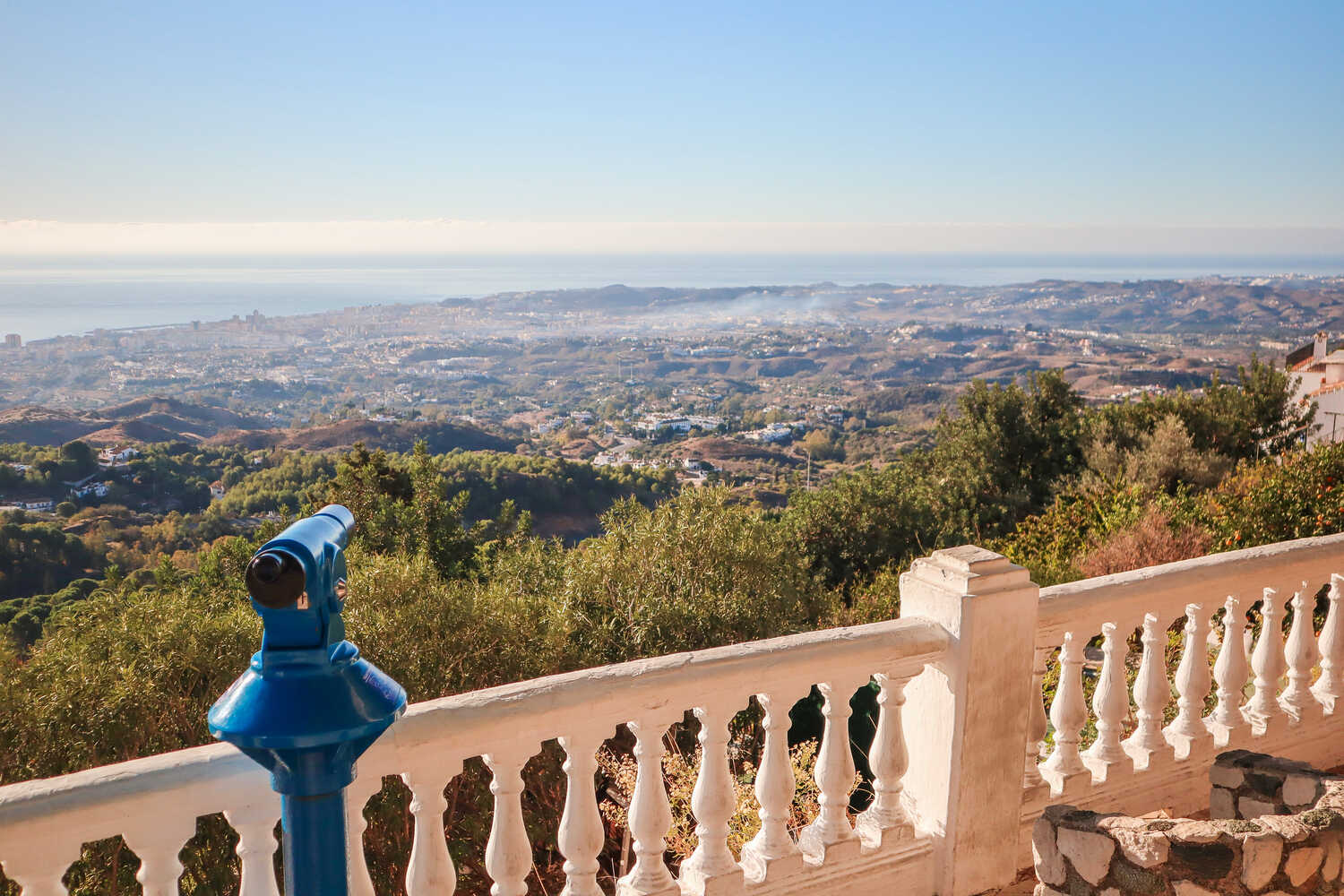
10 Best Day Trips From Seville
Your base in Seville opens countless doors. You can catch a train or drive around the countryside – These fifteen picks show off the best options.
Whether you’re into famous spots like Granada and Cordoba or prefer more low-key stops, each trip adds new experiences that really stand out. Let’s get started, I can’t wait to tell you more.
Granada (Alhambra Day Trip)
I know this sounds cliché, but Granada actually feels like stepping back in time, and that’s why it’s one of the best trips you can take from Seville. Especially for La Alhambra, the first and most important stop of the day.
You pack a small bag, grab a quick bite, and head off for the day trip to Granada.
Once you get to Granada (I recommend joining a guided tour from Seville, but you can also take the train if you like), waste no time heading to La Alhambra.
There are a few key sections inside the complex. First up: the Nasrid Palaces. This is where you’ll see incredible arches build by the Moors (when Spain when under Muslim rule), beautiful tile work, and carvings with Arabic script.
It’s all about that Moorish style, and it’s really eye-catching. This was our favorite part of La Alhambra without a doubt.



Next, there’s the Alcazaba. Think of it as the fortress part of La Alhambra. It was built to keep watch over the city and you can get to the top of the towers and enjoy the views of Granada and the Albaicín area. Honestly speaking, it feels pretty epic up there.
Then, save the Generalife gardens for last. The staff takes well care of the gardens and it shows. You have plenty of green space, fountains, and even more carvings with Moorish script. It’s the perfect spot to take a breather after all the walking.
By the time you visit the gardens, you’ll be tired for sure. So take this moment to relax on the benches near the entrance and maybe take a toilet break.
Each section has its own setting and character, so you really get a taste of what life was like back in the day.
Oh, and before you wrap up your visit, there’s also a brief guided stop at the Albaicín area. You get a quick peek at this old neighborhood with its narrow streets and white-washed houses. There are great views over the Alhambra and the Sierra Nevada mountains too, which is pretty neat.
If you have more time available in the city, I recommend checking out Granada Cathedral and La Alcaiceria Market for even more architecture and some souvenirs while you’re at it.
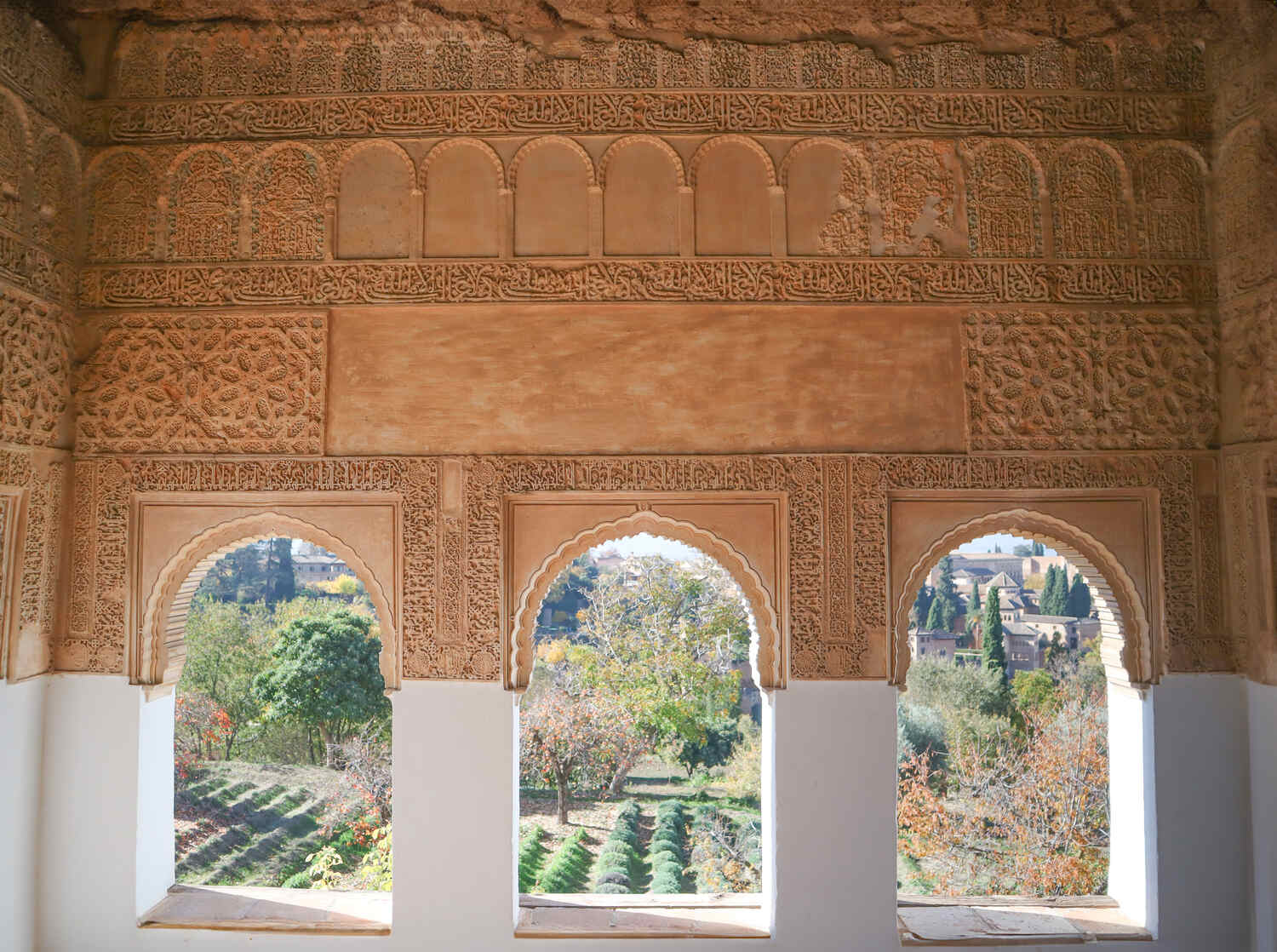
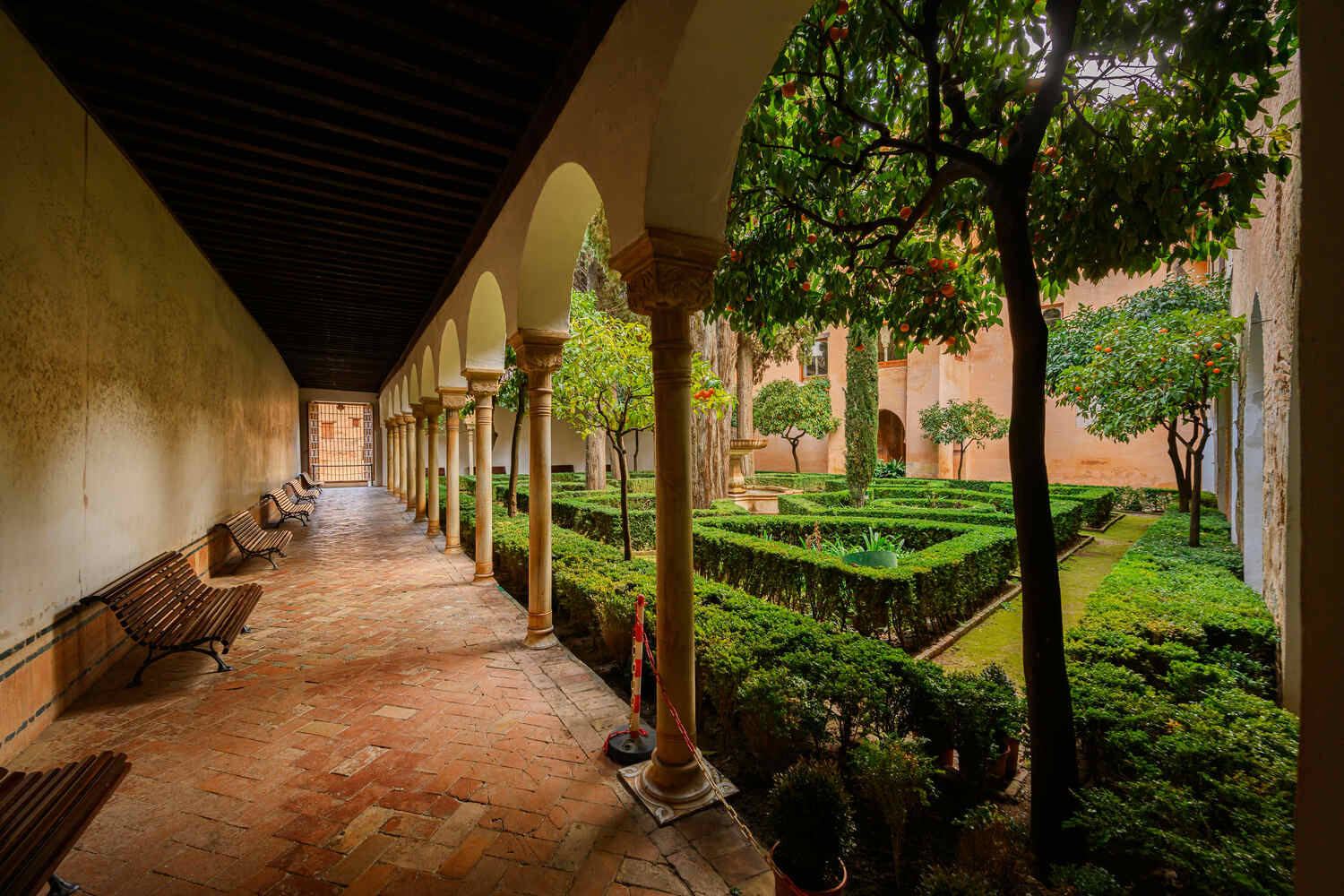
Córdoba
CorCórdobadoba is one of the most unique, authentic places you can visit in this part of Spain…no doubt about it.
Set out early from Seville with the air still fresh, and ready for a day packed with history and charm. Just like Granada, you can get from Córdoba to Granada by train or bus, but honestly, a guided tour is the way to go. Those are affordable and you really make the most of it.
You’ll start your morning with a relaxing drive through the Andalusian countryside, think endless olive groves and little white villages.
The first stop is Córdoba, an amazing place to see the real Andalucia. Córdoba is the definition of “layered history.” Romans, Moors, Christians…they all left their mark here. And yes, nowhere is that more obvious than at the Mezquita-Catedral.
It started as a small Visigothic church, then turned into one of the biggest mosques in the world when the Moors ruled Spain. Then, after the Reconquista, the Catholics built a massive cathedral right in the middle of it.
So now, you can see endless rows of red-and-white horseshoe arches from the mosque days. And then…a full-on Renaissance cathedral plopped inside! It shouldn’t work, but somehow, it does.
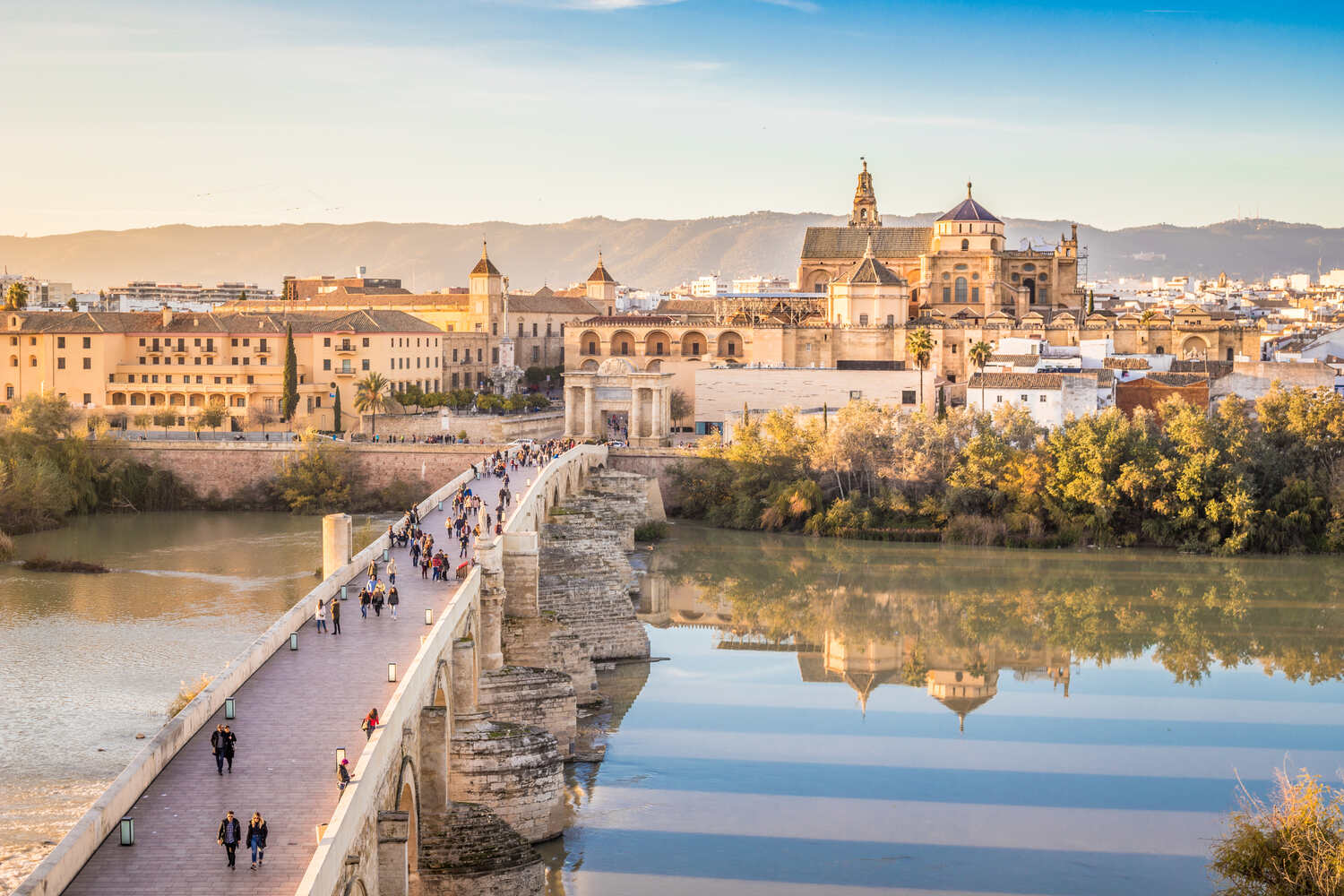

After the Mezquita, take your time strolling through La Judería, the old Jewish Quarter. It’s included in all guided tours, and for a good reason.
It’s one of those places where you’ll want to ditch Google Maps and just explore. The streets are so narrow that in some places, you can touch both walls at the same time.
Balconies are full of flowers and you’ll hidden courtyards when you least expect them. Honestly speaking, it really feels like being in a whitewashed village of Andalucia, but you’re actually in the city! Make sure to check out Cordoba Synagogue too, it’s worth it.
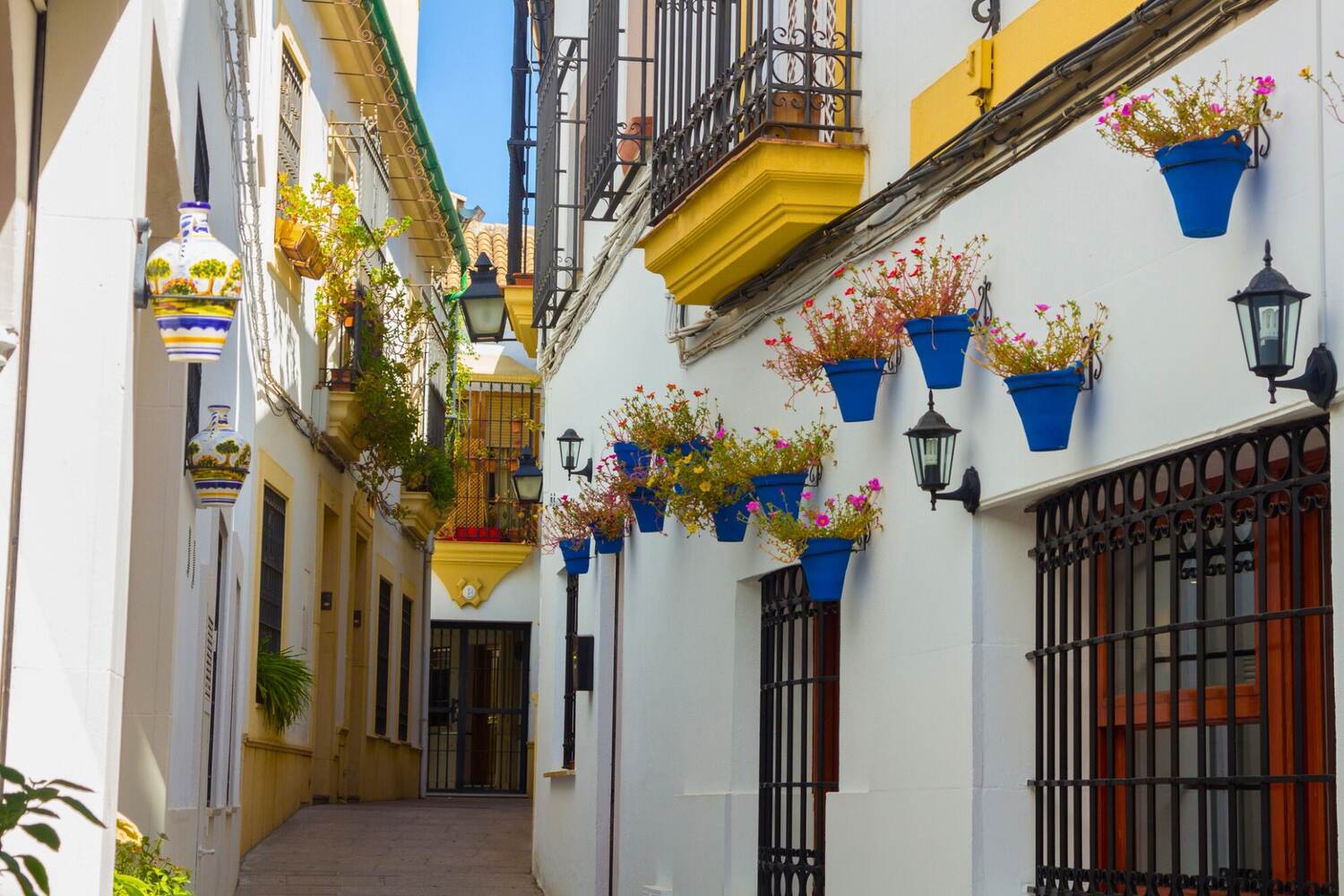
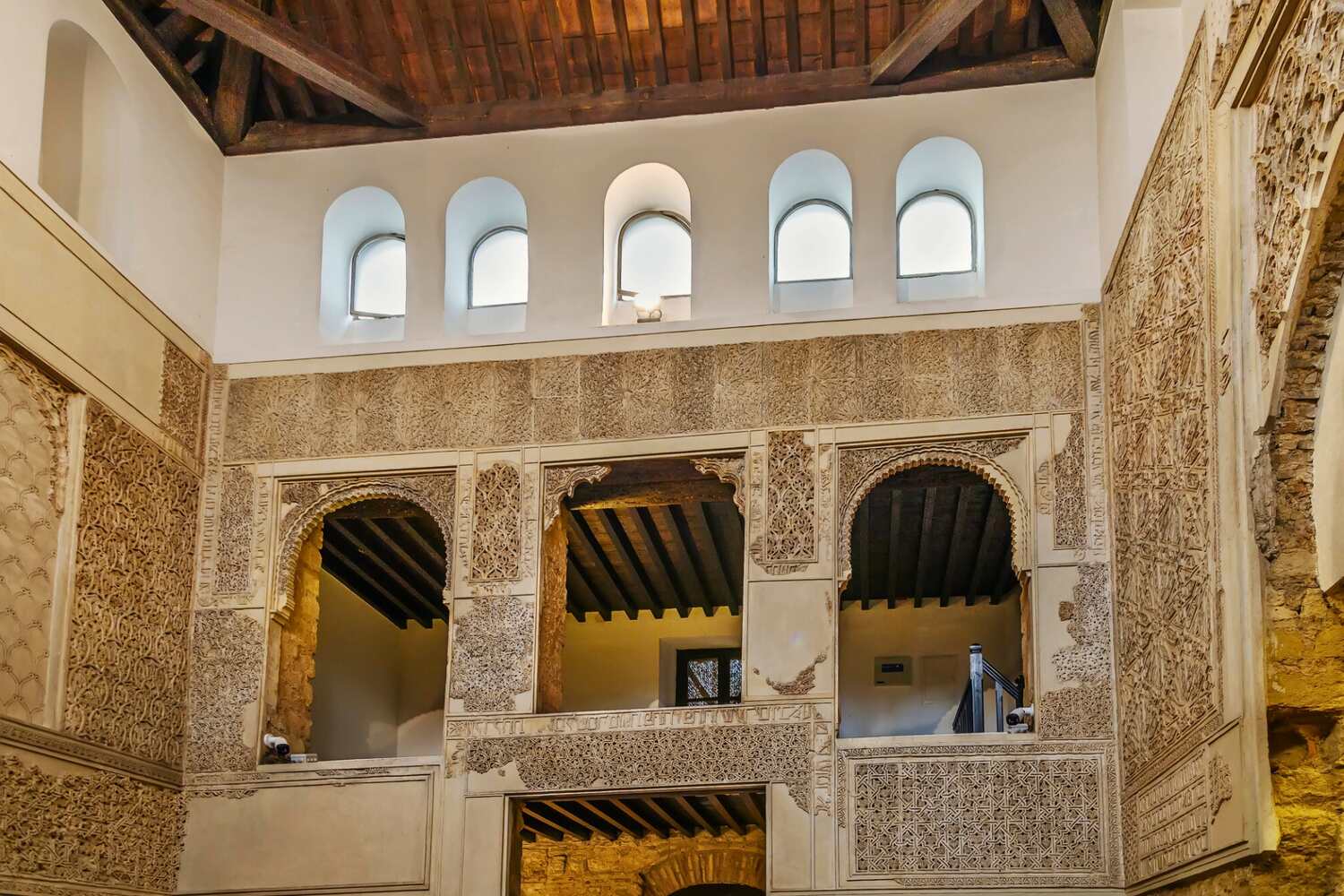
It’s time for a change of pace before going back to Seville. You’ll head to Carmona, a town that doesn’t always make it onto people’s itineraries. But please, do include it, even if it’s only a quick stop.
The Moors called it “Qarmuna,” and it was a strategic fort for centuries. You can still see their influence everywhere, especially in the Alcázar de la Puerta de Sevilla, the fortress that used to guard the city.
Climb up to the tower, and you’ll get a panoramic view over the hills. It’s the kind of place where you just want to sit for a while, sip a strong Spanish coffee, and let time slow down.
Before heading back to Seville, take a little time to wander around Carmona (that is, if you still have some energy left). There’s an ancient Roman necropolis here that’s over 2,000 years old, with underground tombs carved into the rock.
By the time you make it back to Seville, you’ll be exhausted, but in the best way. It’s one of those days where you see so much, learn so much, and somehow still feel like there’s more to discover. That’s Andalucía for you.
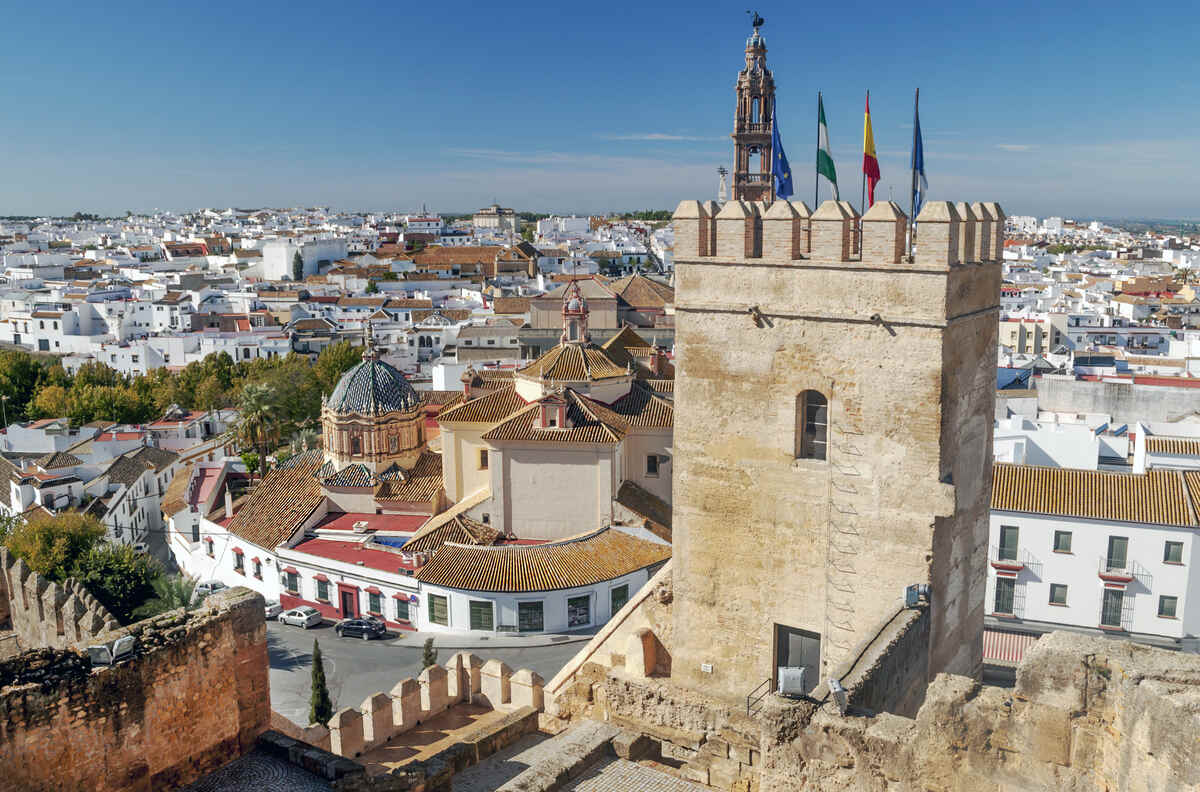
Cadiz and Jerez de la Frontera
Cádiz is one of those places that just feels different the second you get there. Maybe it’s the fact that people here don’t seem to be in a rush.
Whatever it is, it has a setting all its own. Laid-back, a little scrappy, and overflowing with history. Cádiz has been around for over 3,000 years, making it one of the oldest continuously inhabited cities in the Western world.
The Phoenicians were here first, way before the Romans, Moors, and Spanish came through. Over the centuries, this little peninsula has been a major trade hub, a naval fort, and a gateway between Spain and the Americas.
Honestly, you can see the history when you visit, and I couldn’t stress it enough: Please take this day trip from Seville. It’s just amazing.
The best way to get to know Cádiz? Walk. The Old Town is (quite literally) a maze of narrow streets that were designed centuries ago to confuse invading pirates. Today, it feels more like a regular city, but it’s really pleasant to get around.
Start with the Catedral de Cádiz. Built over 116 years, it’s got a mix of baroque, rococo, and neoclassical styles because they ran out of money midway through construction…and had to switch things up.
Climb the Torre de Poniente, one of the bell towers, for some of the best 360-degree views in the city.
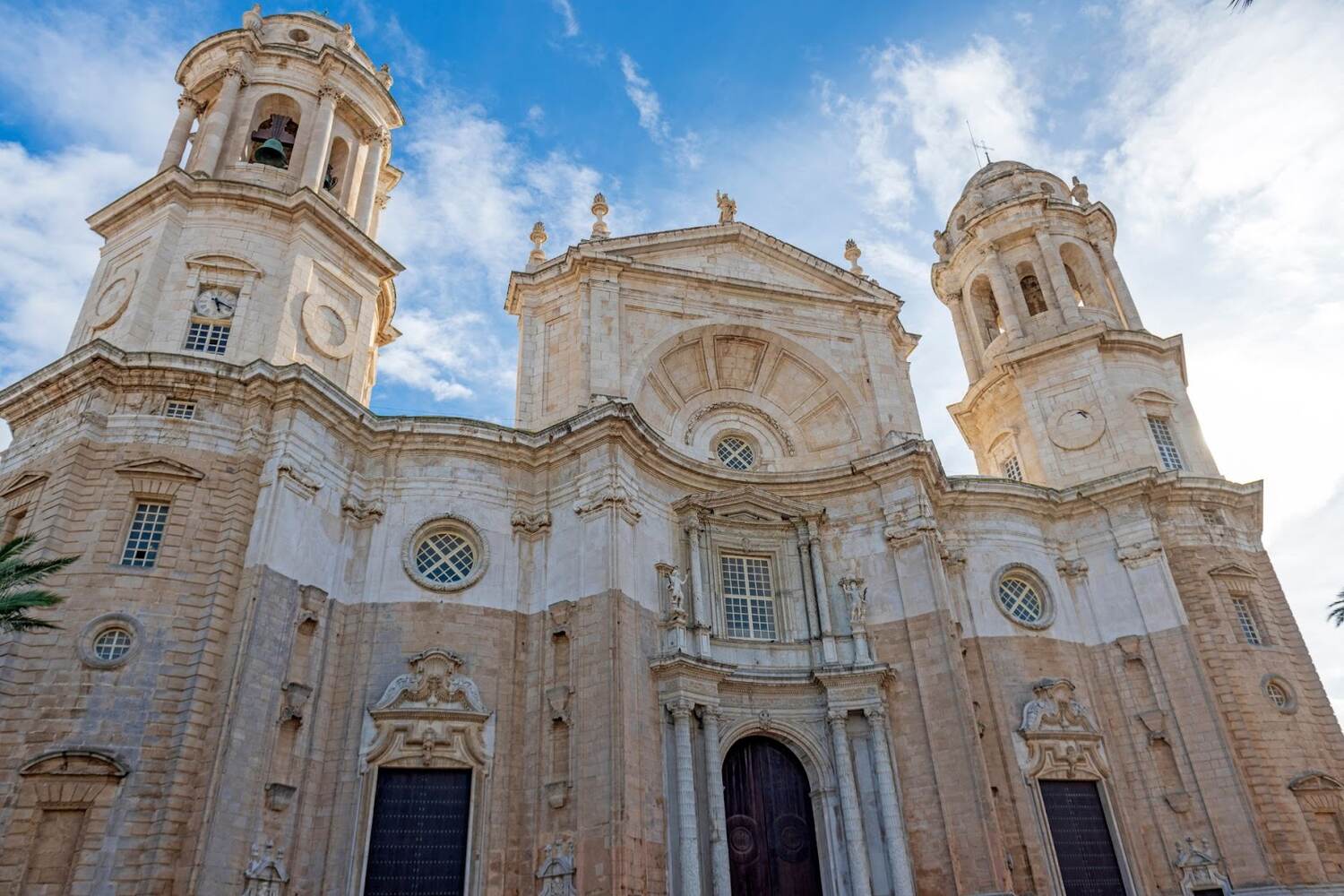
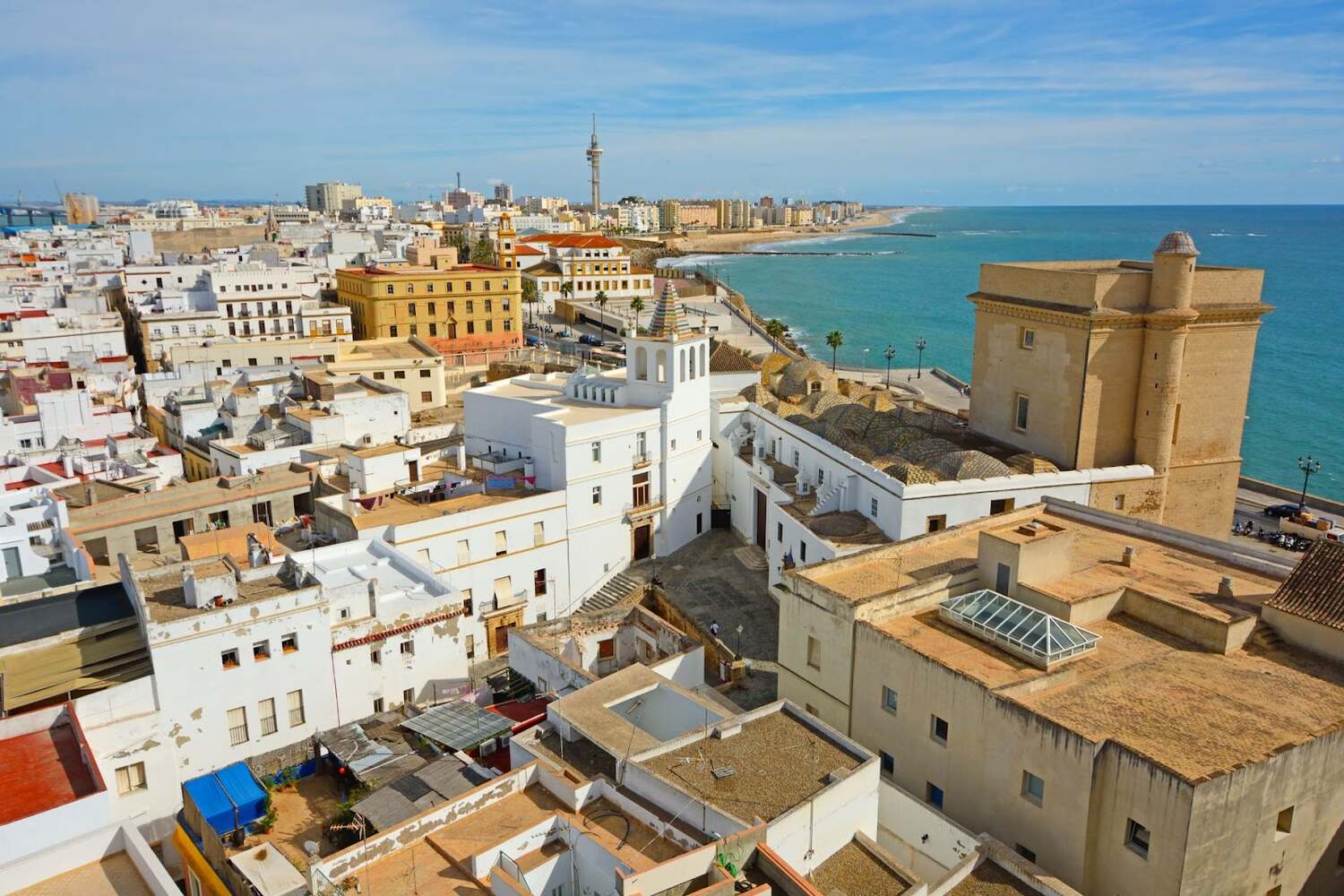
You can’t come to Cádiz and not eat seafood. It’s some of the best in Spain, and locals take it seriously. Fried fish (pescaíto frito) is a classic…perfect with an ice-cold beer.
For something truly local, try tortillitas de camarones. Those are thin, crunchy shrimp fritters made with tiny Cádiz shrimp. Grab a plate at one of the old-school tapas bars near Plaza de las Flores or down by the harbor, where the seafood comes straight off the boats.
After lunch, it’s time to slow things down. Head to La Caleta, the city’s most famous beach, tucked between two old fortresses. It’s small, but it’s got a special kind of magic.
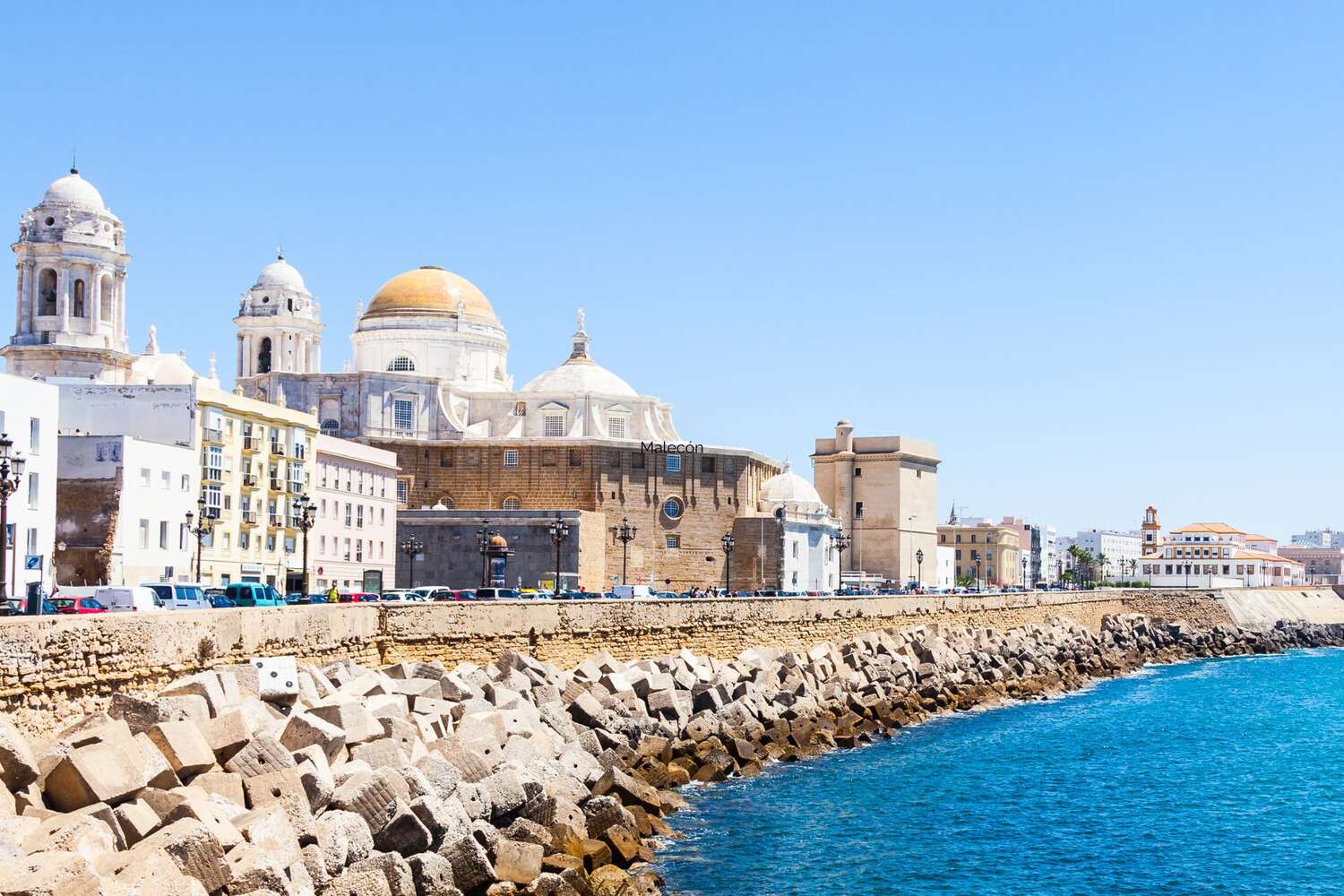
There’s more than Cadiz though. Jerez de la Frontera is only about 30 minutes by car, or 1 hour from Seville, which is a nice stop on the way back home.
Jerez is also all about sherry, so visit a bodega for a tasting session. Yes, this is where the good stuff comes from. If you still have time, check out the Royal Andalusian School of Equestrian Art and watch the famous dancing horses. I’m confident there’s no better show than this!
Last but not least, in case you don’t go to Malaga (read on below if you do plan to go), check out the Alcázar of Jerez. The Alcázar is a historic fortress with Moorish origins. You can walk through ancient walls, climb the towers for the views, and see the old Arab baths.
There’s even a small camera obscura that gives you a live, panoramic look at Jerez from above.
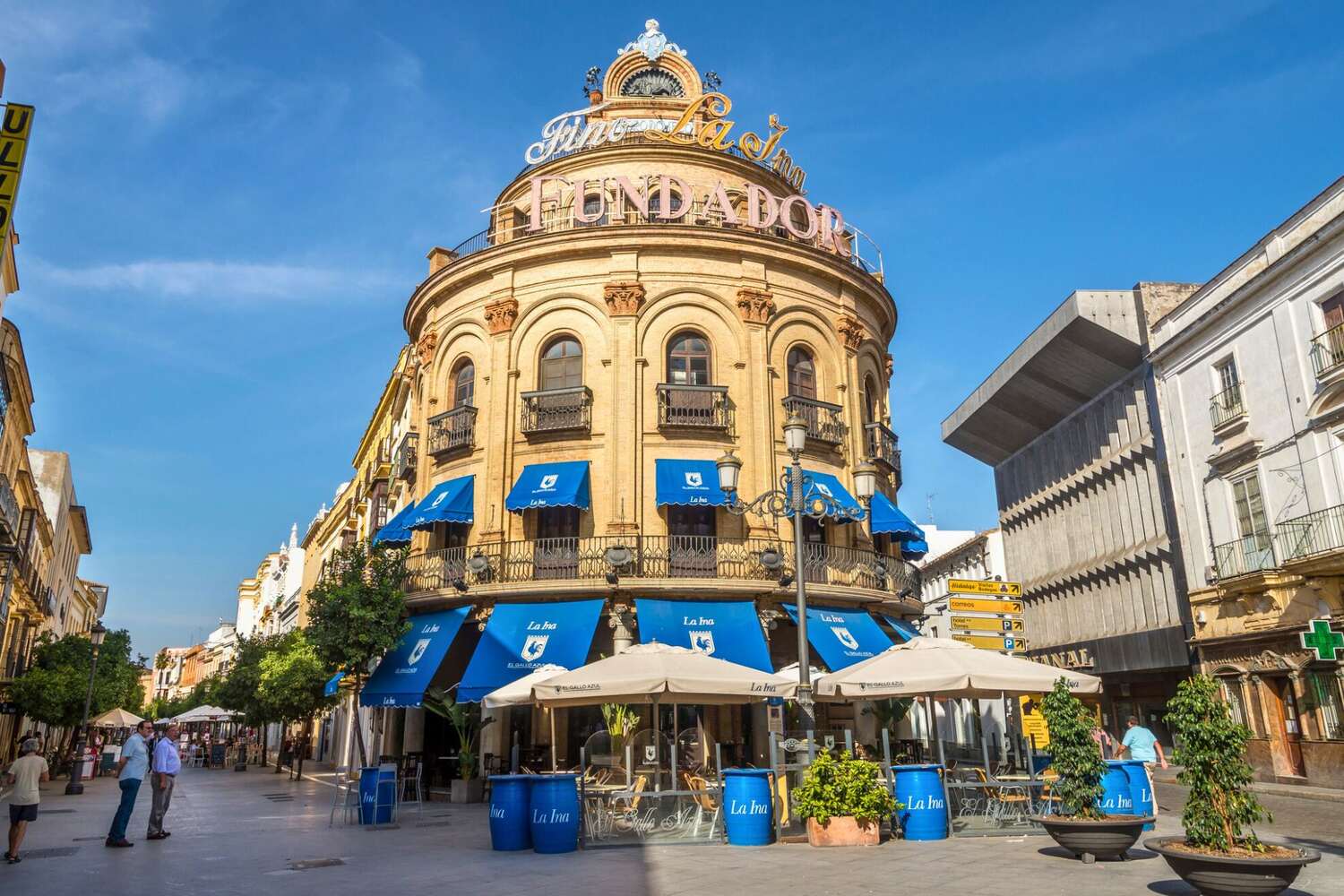
Malaga
Málaga is where history meets modern life. And I couldn’t stress it enough, this is one of the best day trips from Seville.
Right in the city, you’ll find the Alcazaba. This is exactly where your 1-day Malaga trip should start. An old Moorish fortress built in the 11th century with stone walls, courtyards, and views over the rooftops.
This is where the Moorish rulers lived back in the day. You can visit the gardens and get to the Torre del Homenaje for fabulous views over the city and the port.
When you come down, check out the Roman Theatre. It was built in the 1st century when Emperor Augustus was in power. You can just take a break here, sitting on the steps and maybe people watching?
After exploring, take a short walk to the Picasso Museum, where you can see over 200 works by the famous artist. He was born in Malaga, so there’s no really better place to see his artwork.
The collection covers his early years and later styles, and that gives you a full picture of how his art changed over time.
If you’re ready to relax, the beach is only 15 minutes away on foot. Grab a table at a chiringuito and order espeto de sardinas, fresh sardines grilled over an open flame.
If you leave Seville early, you’ll have time to visit the fortress, check out the museum, enjoy a long seafood lunch, and maybe even dip your feet in the sea before heading back. The drive takes about 2.5 hours, which is long, but it’s definitely worth it.
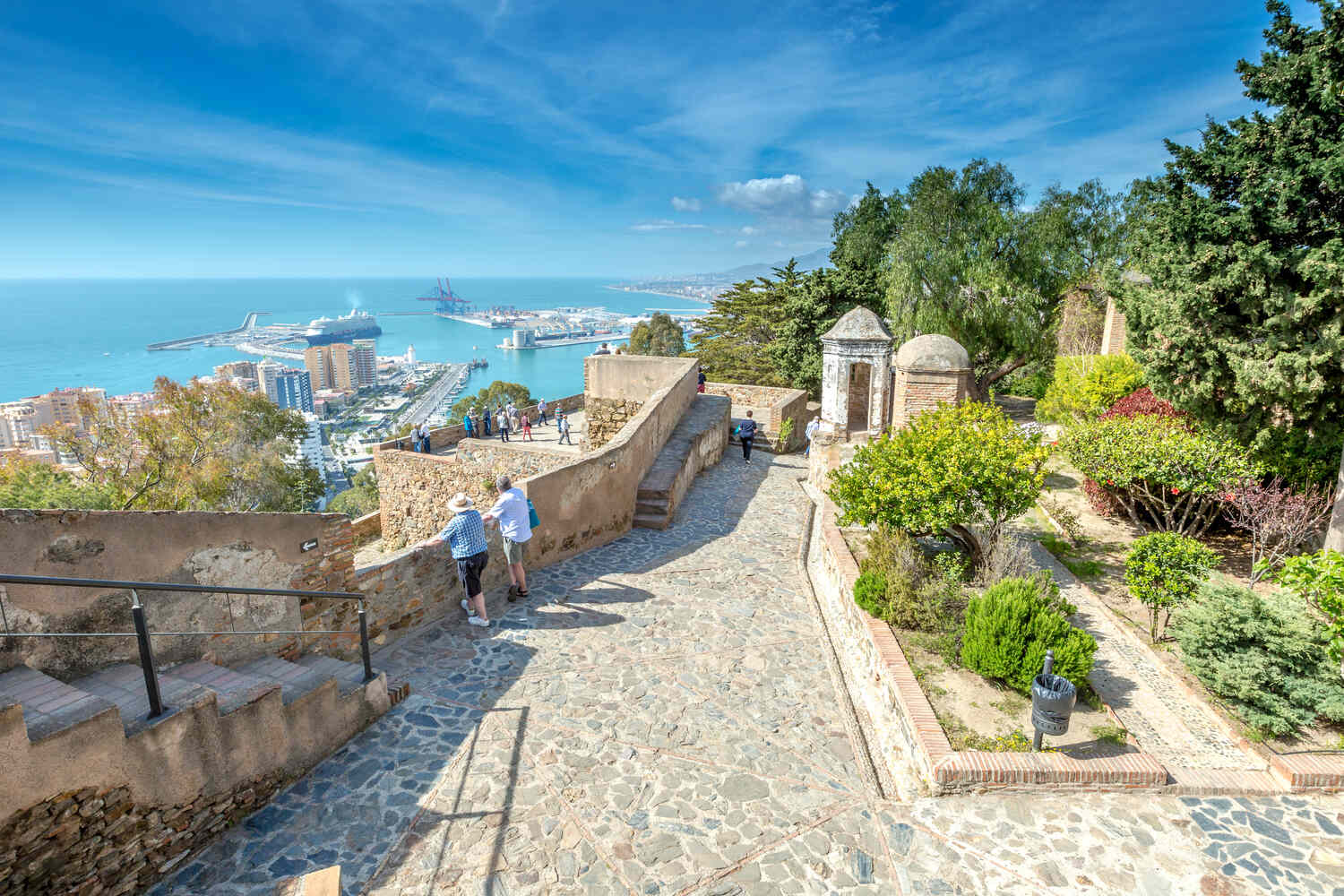

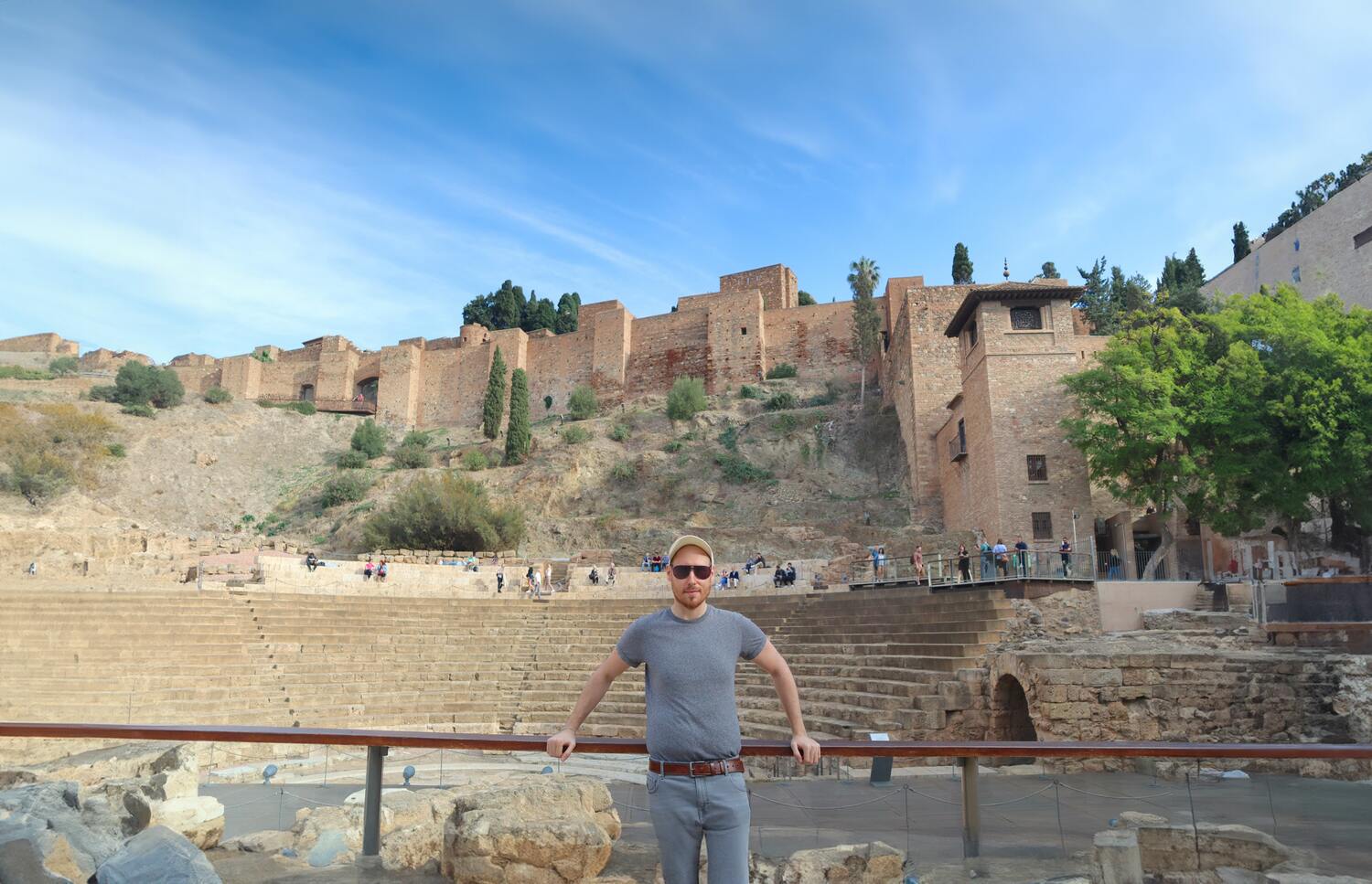
Doñana National Park
When I talk to people about Doñana National Park, 99% of them haven’t heard about it. But it’s one of Europe’s most diverse natural parks, with over 540,000 acres of wetlands, forests, and sand dunes.
It’s home to hundreds of bird species, and there’s no better day trip if you like birdwatching. It’s not crowded like the cities of course, so that’s another bonus.
Depending on the season, you might see thousands of flamingos in the marshes, groups of red deer and wild boar, or if you’re incredibly lucky, an Iberian lynx. The latter are one of the rarest wild cats in the world.
Since the park is huge, the best way to explore is by joining a guided 4×4 tour. These take you through different areas, from the beaches along the Atlantic coast to the dense pine forests.
One of the most stunning spots is the dunes of Matalascañas, where the shifting sands create a desert-like scene right next to the ocean. An amazing place to be if you ask me.
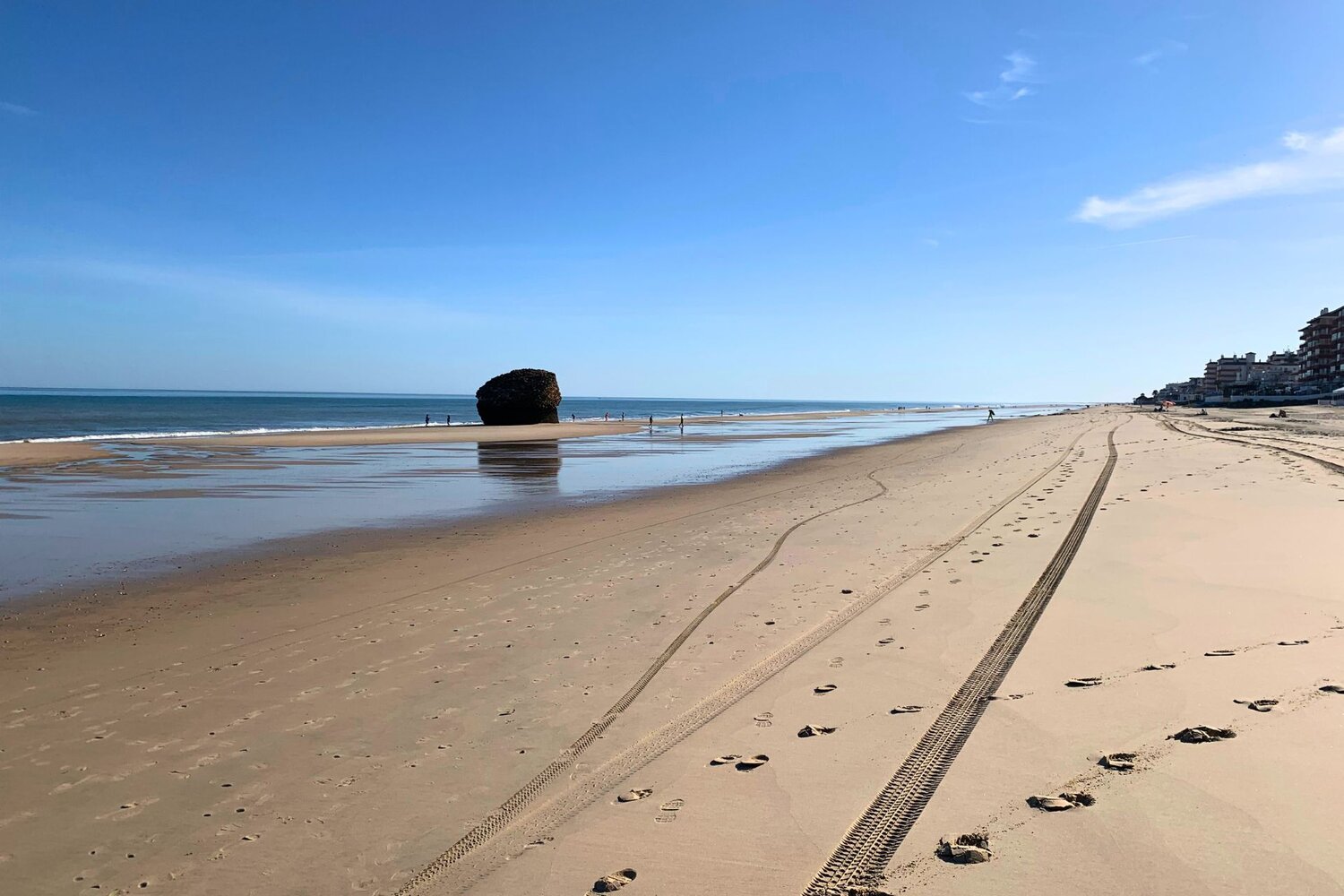
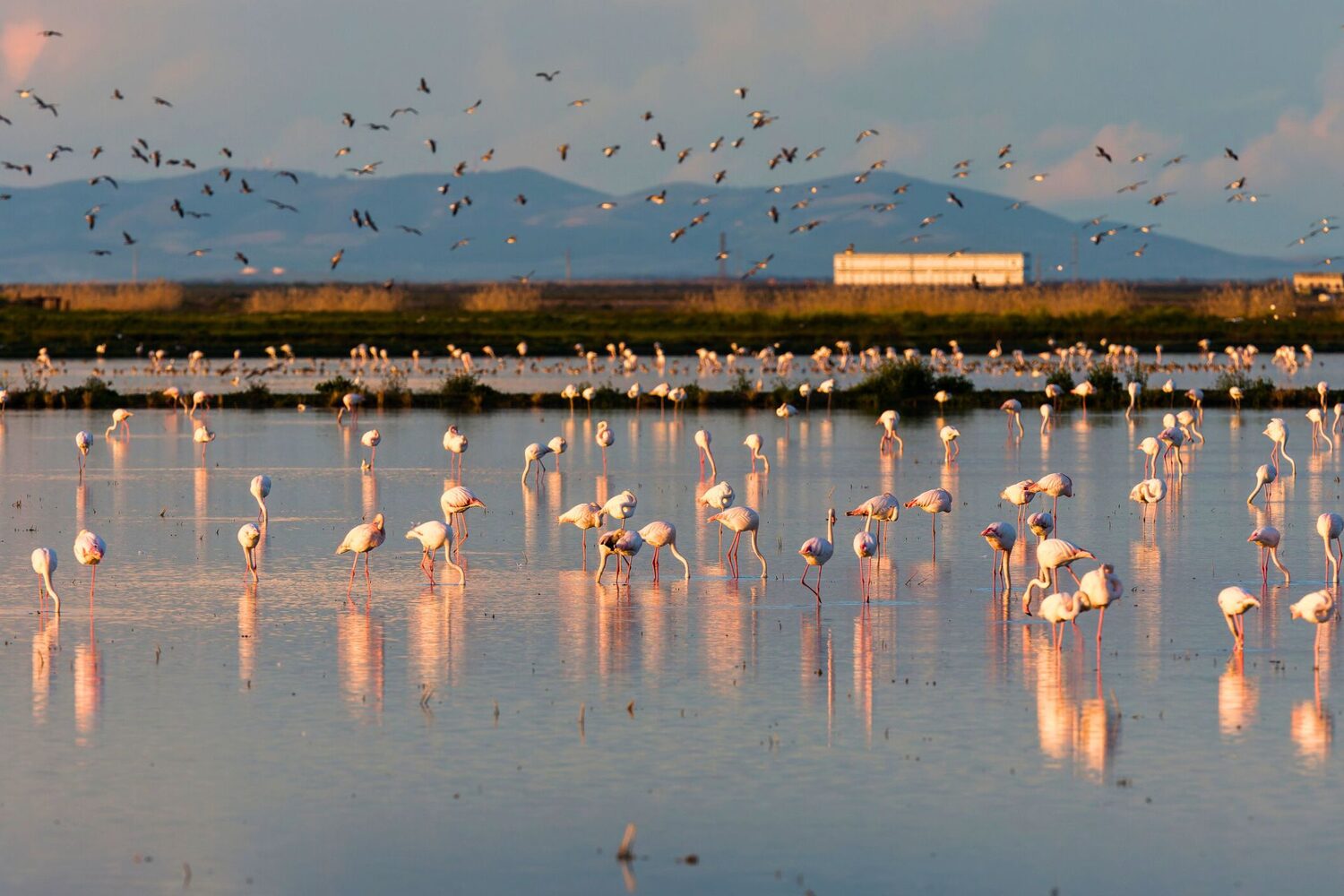
If you prefer a quieter walk, head to the La Rocina trail, an easy 3-kilometer loop near El Rocío. It passes through beautiful pine trees and leads to wooden observation decks where you can watch birds in the wetlands.
Doñana is just an hour from Seville, so it’s an easy escape from the city. Wear comfortable shoes, bring sunscreen, and pack plenty of water, since you’ll be outdoors most of the time.
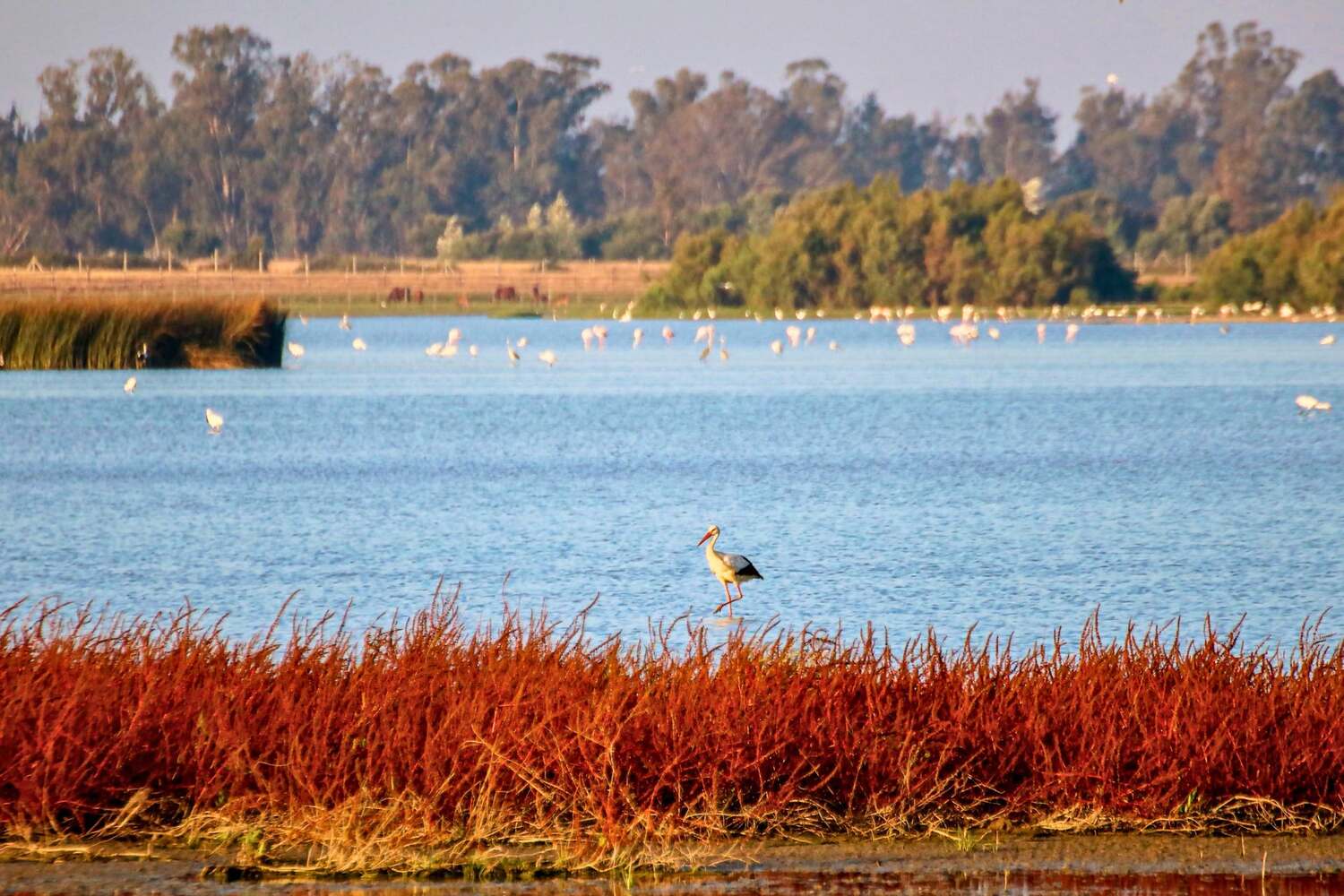
Itálica (Santiponce)
Next? Itálica. Just 15 minutes from Seville, this is one of Spain’s most important Roman ruins, founded in 206 BC after the Second Punic War.
It became a major city in the Roman Empire and was even the birthplace of two emperors: Trajan and Hadrian.
The highlight here is the amphitheater, once one of the largest in the Roman world. It could host 25,000 spectators!
It’s a little similar to the Colosseum in Rome and you visit the underground tunnels, where gladiators waited for their turn to step into the arena.
Beyond the amphitheater, you’ll find the remains of Roman villas with incredibly well-preserved mosaics.
The streets of Itálica still follow their original layout, making it easy to picture how the city once looked.
If you want to learn more, you can take a guided tour. You’ll learn stories about daily Roman life and the city’s importance in history. If you’re exploring on your own, grab a brochure at the entrance to get the key details.
The site isn’t huge, so two hours is enough to see everything. There’s little shade, so bring water, sunscreen, and a hat, especially in summer.
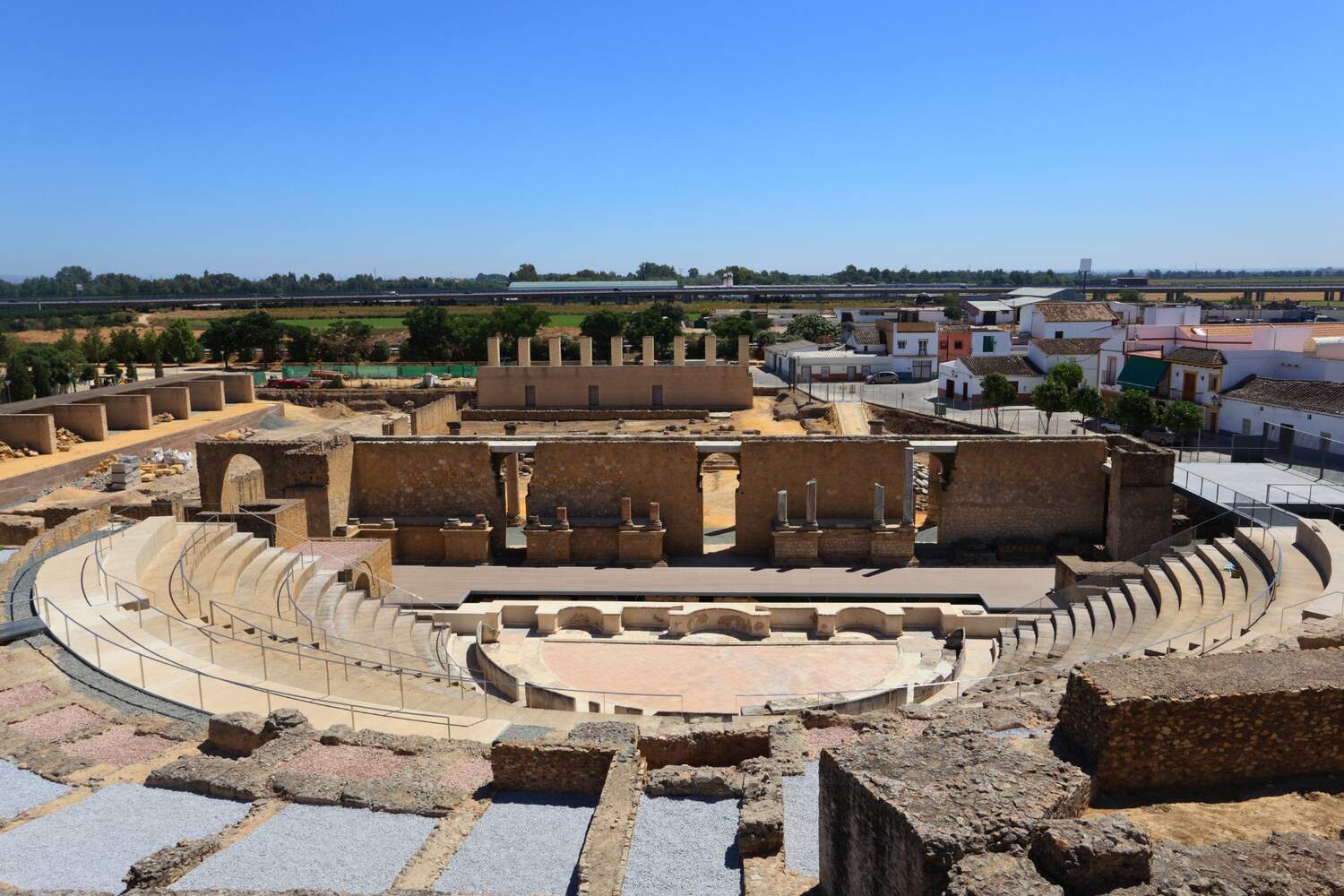
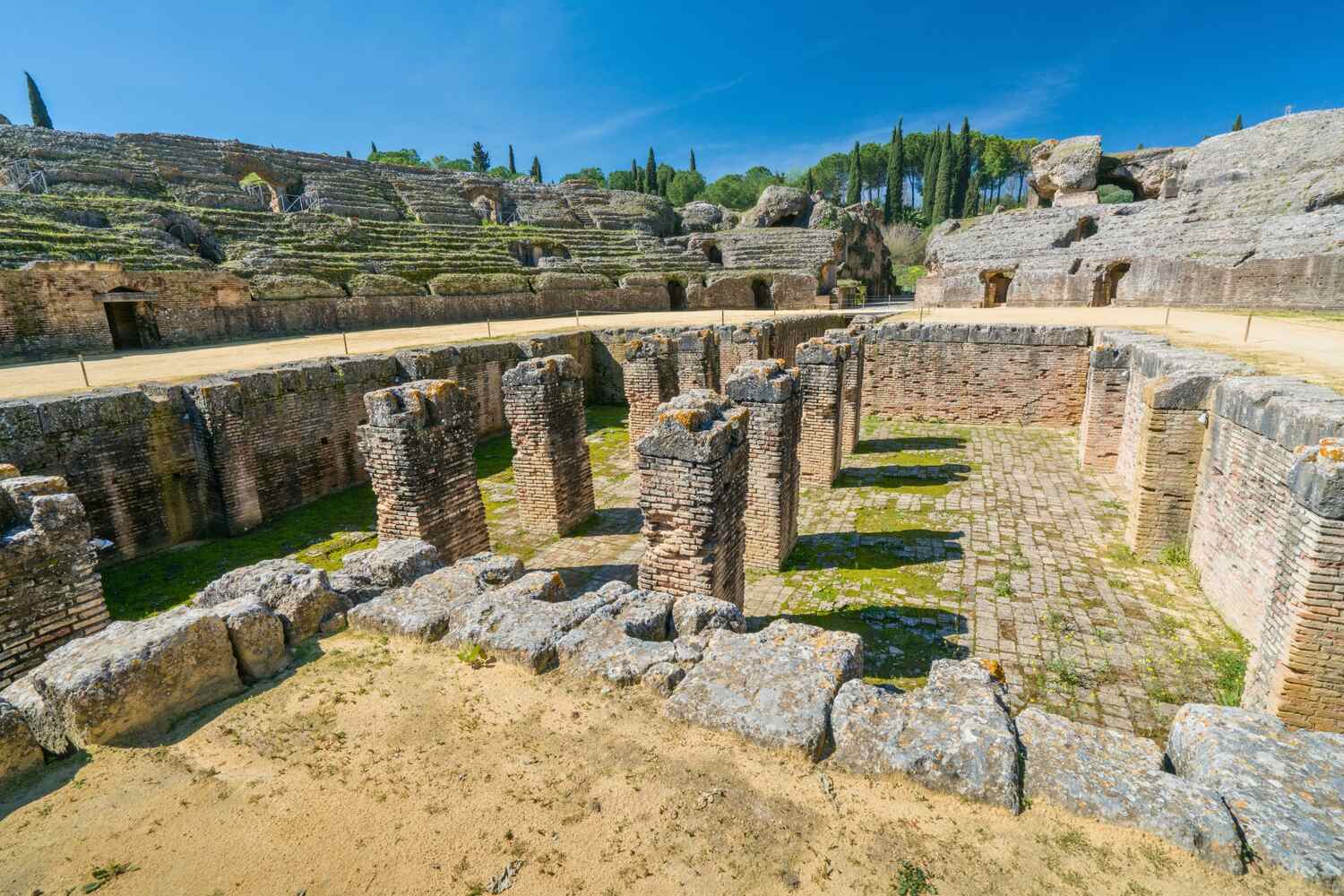
Sanlúcar de Barrameda
Sanlúcar sits where the Guadalquivir River meets the Atlantic, and it’s a very unique place. Hard to describe, but unique, so I’ll try. Mix of river life, delicious seafood and sherry, and history.
This town is famous for manzanilla, a dry sherry with a light, salty kick. I tried it and really liked it!
Locals sip it alongside fresh prawns and crispy shrimp fritters right by the water. There are many restaurants near Playa de la Calzada, and I personally loved Mirador de Doñana, so check it out for a nice meal.
Boats float past as you eat, and if you’re lucky, you’ll see the fishermen unloading their daily catch.
Each of the day trips from Seville deserve a bit of history, and Sanlúcar de Barrameda is not different.
For a different view, head up to Castillo de Santiago, a 15th-century fortress that guarded the coast centuries ago. The rooftop lets you see the town, the river, and even the sand dunes of Doñana National Park in the distance.
If that’s your cup of tea, the fortress itself is fun to explore, with its old stone walls and a museum with stories and traditional costumers.
The entrance costs 9 euros per person but it includes an audio guide, which is pretty convenient.
If you visit in August, you might even spot the famous horse race! A tradition that’s been around for more than 175 years. It’s just an hour from Seville, and that’s brilliant for a day of good food, river views, and a bit of history.
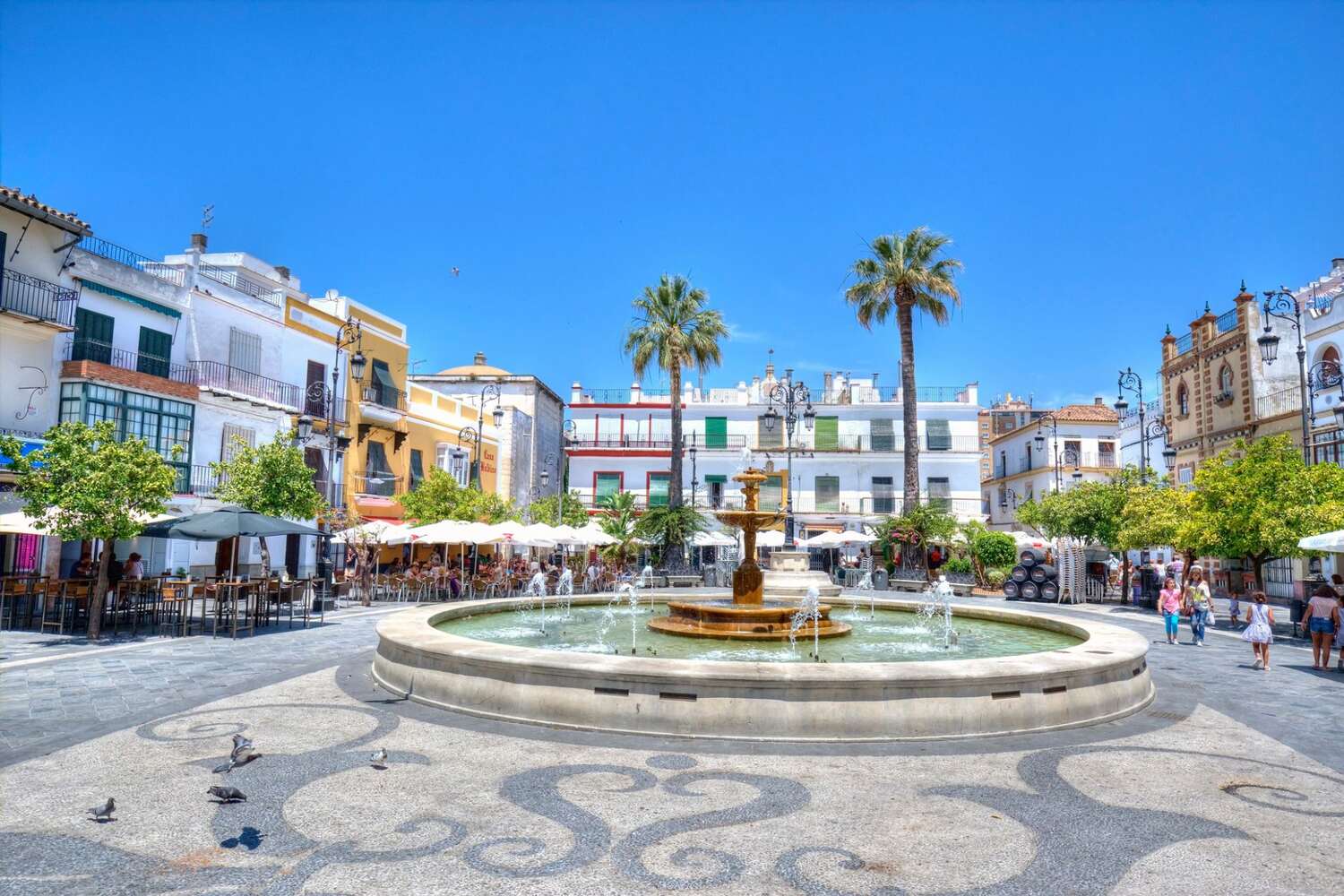
Arcos de la Frontera
Another white village? Well, yes, and to be honest, when I travel to Andalucia, I’m all for it!
Arcos is on a steep cliff (just like Ronda) and as soon as you arrive, you’ll see why people call it one of Andalusia’s most beautiful white towns.
The old town has cute little streets, whitewashed houses with flower pots all around. I loved that the tiny alleys suddenly open up into quiet plazas. Getting lost here is part of the fun and the best part… It’s not crowded at all most of the time.
The starting point for exploring is Plaza del Cabildo. It’s a small square with a Gothic church, an old castle, and an unbeatable viewpoint. Arguably some of the best views I’ve seen in Andalucia to date.
Santa María de la Asunción is worth a quick look too, a church that dates back to the 13th century, and you’ll immediately notice the mix of Gothic and Baroque styles.
There’s more: Arcos is also known for its pottery and ceramics. There are small workshops all around town where artists create beautiful, colorful pieces. It’s a relaxing day for sure, and not as exciting as Malaga or Corboba, but definitely worth for a day out.
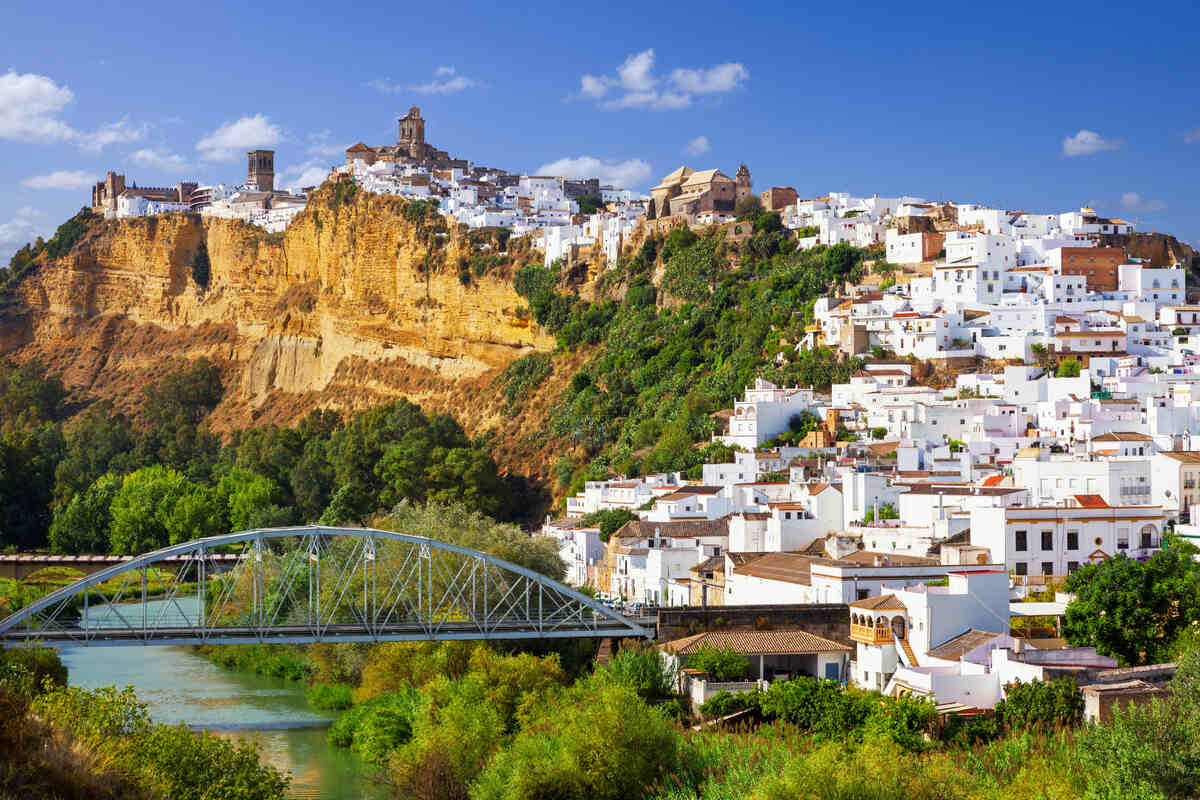
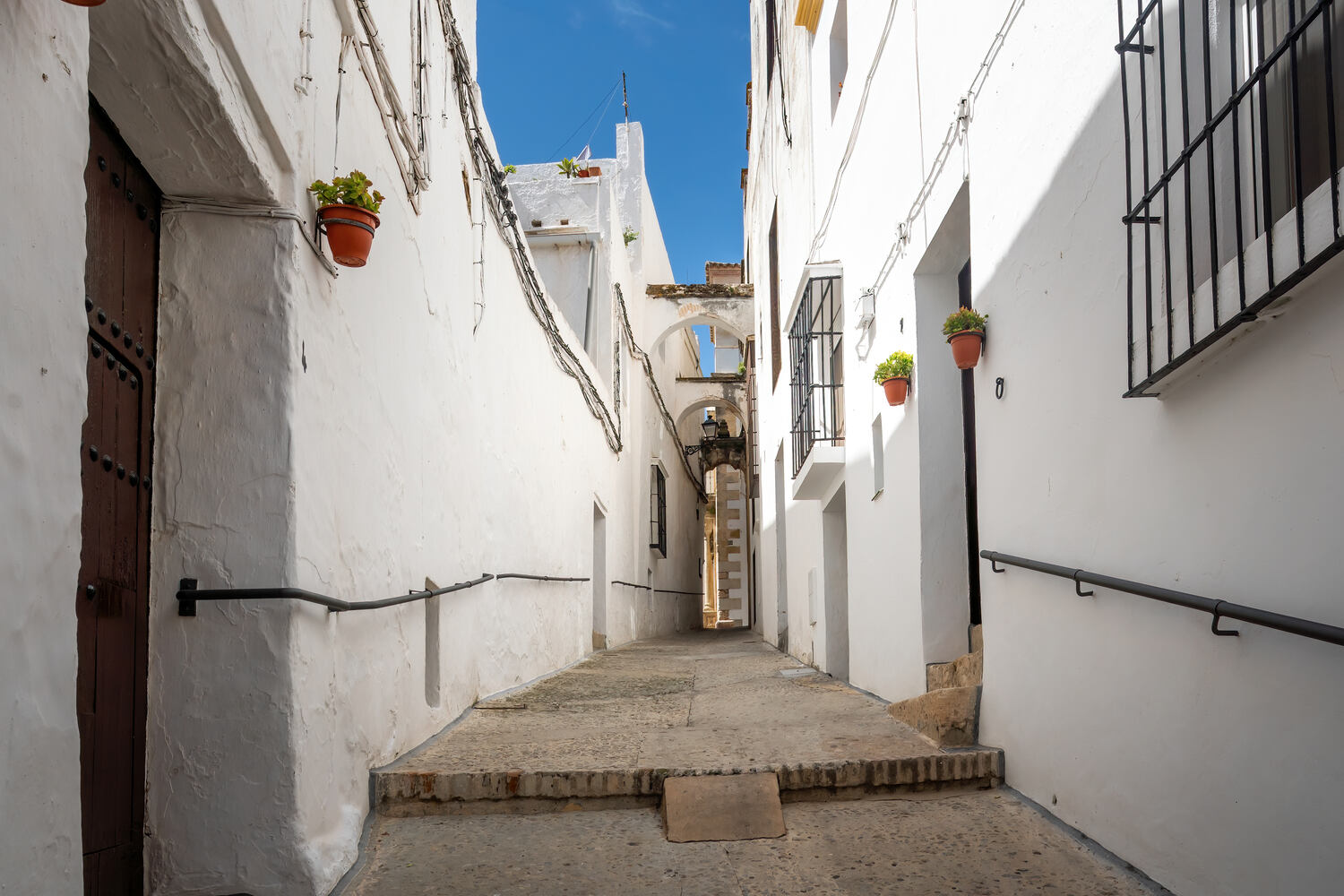
Osuna
Are the white villages all the same? No, they’re not, and this is exactly why Osuna is yet another great day trip from Seville.
Osuna feels timeless, with particular quiet streets, and a history that runs deep. To be frank, that’s one of the most authentic places I have ever been in Spain.
It’s located just an hour from Seville and was home to noble families, scholars, and even Hollywood cameras many years ago. Also, it was used as a filming location for Game of Thrones.
I know it doesn’t sound that appealing, but the University of Osuna is worth checking out, while you’re here.
Built in the 1500s, it gives the town an elegant feel – It was the main education centre from 1548 to 1824, and you can even take a guided tour on weekends and public holidays.
If you ask me though, the real highlight is the Collegiate Church of Santa María de la Asunción, which is actually a 16th-century complex with 3 churches.
Inside, there are centuries-old paintings, incredible altars, and noble tombs, each with its own story. The entrance is only 5 euros and the tour guide explains everything about the churches and the artifacts, all in one hour or so.
The whole town moves at a slow, easy pace, and that’s precisely why I recommend coming for the day.
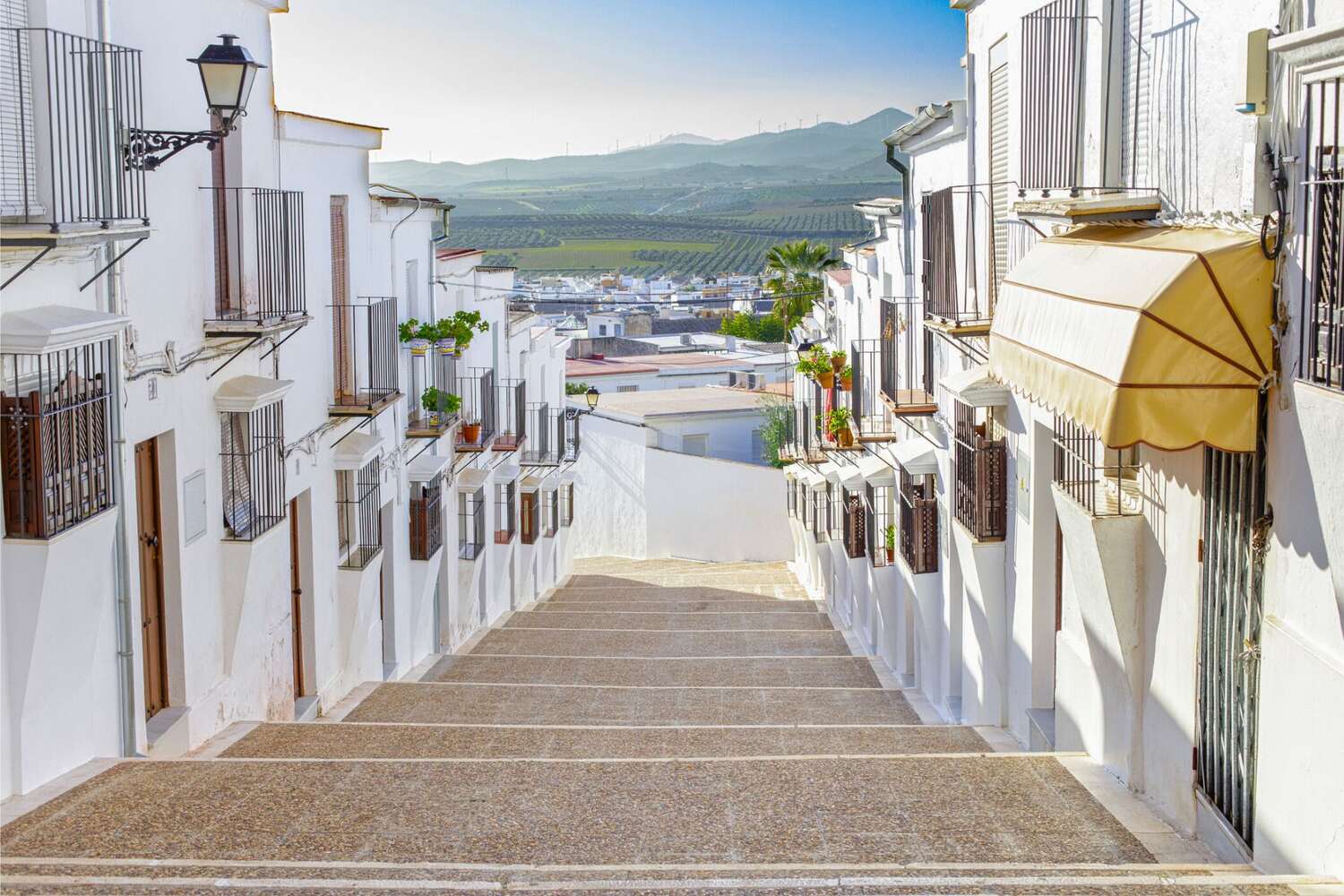
Conil de la Frontera
Last but not least for this guide is Conil de la Frontera. And believe me when I say it moves at its own easy pace. It’s located between Cadiz and Gibraltar, and it’s about two hours from Seville by car.
If you want a personal suggestion, you could rent a car to Jerez and Cadiz, enjoy half-day there (or spend the night) and drive a little more to visit Conil while you’re at it. And maybe Gibraltar too?
That is…If you don’t join a trip from Malaga to Gibraltar. Now, back to Conil, which is by the coast, by the way, so you can go swimming and see the sunset in the afternoon.
The beaches are the main draw, but some stand out. Playa de los Bateles sits right by the town, perfect if you want to swim and still be close to the restaurants and cafés.
If you’re up for a short walk, Playa de la Fontanilla has softer sand and a few beachside spots serving fresh seafood. Now, for great views (that’s what you’re in Spain for, right? Right?), climb up to Torre de Guzmán, a 13th-century watchtower that once guarded the coast.
It’s small, but from the top, you can see the rooftops of Conil and the endless stretch of ocean.
Summer nights in Conil have a special energy. Live music, beachside bars, and open-air terraces keep the town buzzing, but it never feels overcrowded.
Honestly, there aren’t so many things to do in Conil de la Frontera, but it’s worth it only for the beaches and the setting.
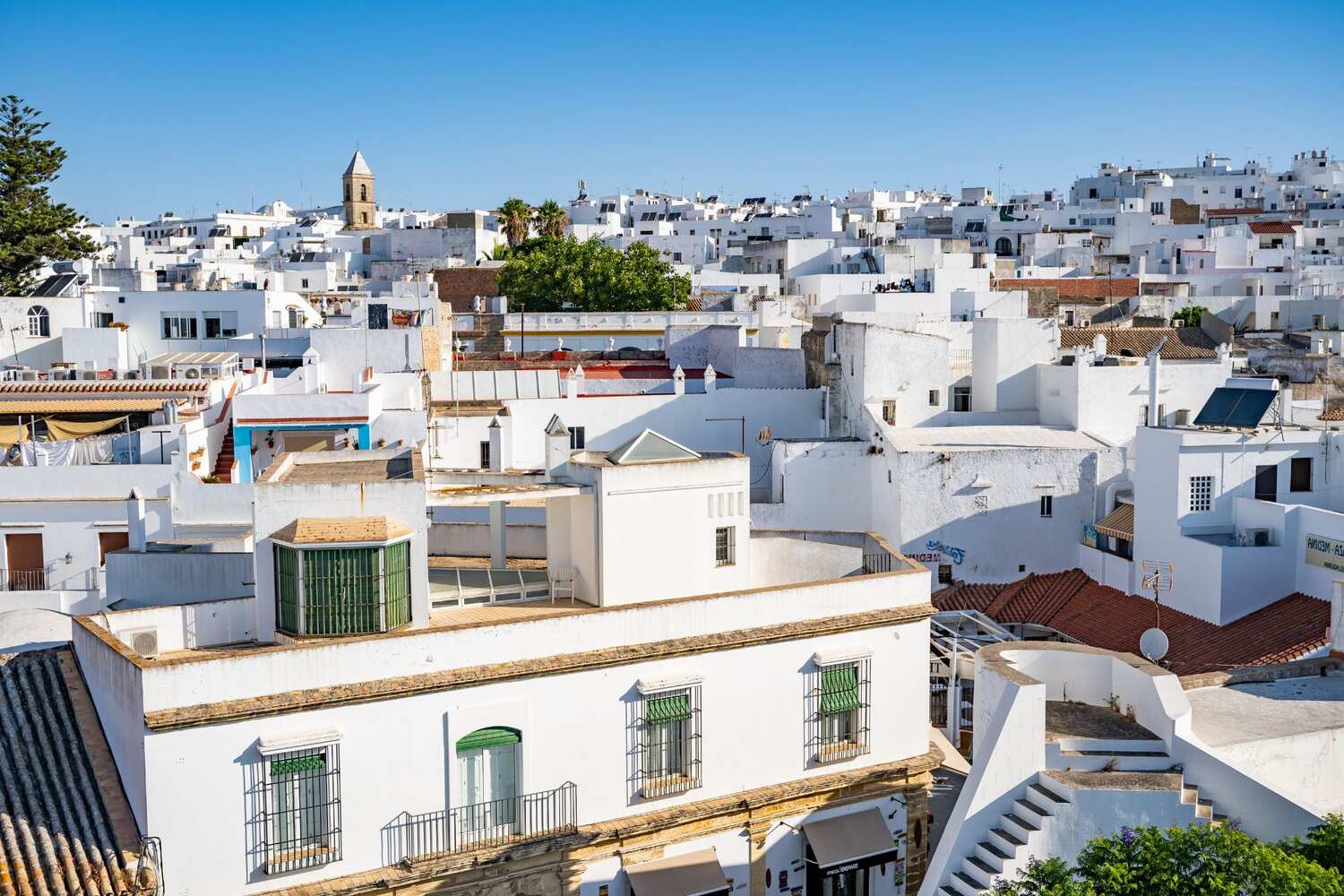
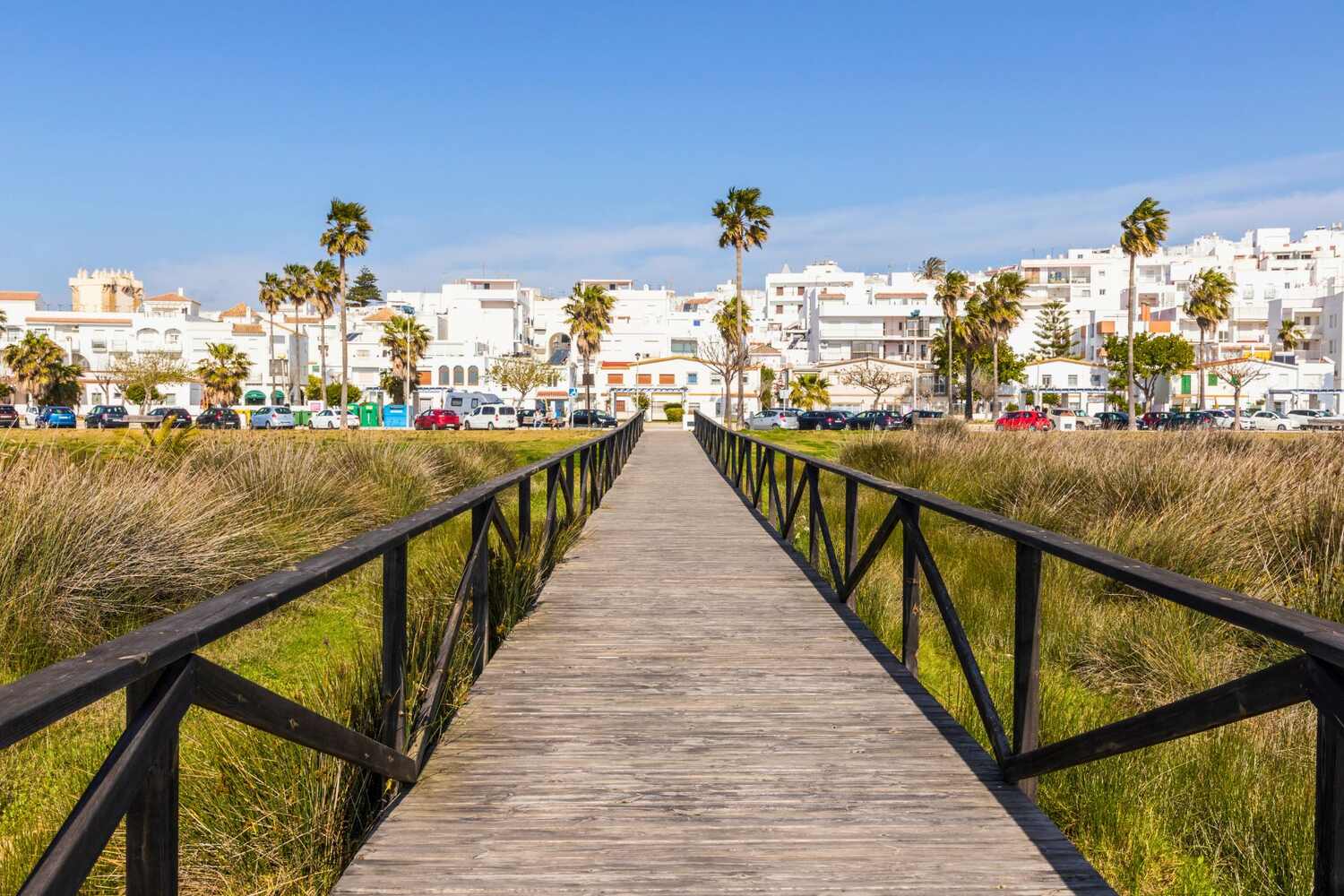
FAQ – How to Prepare for a Day Trip from Seville?
This complete guide wouldn’t be “complete” without some questions and answers. Yes, Spain is easy to travel, but these are some FAQ that I’m sure you’ll find helpful before going.
How to Travel Around Andalusia?
Public transportation in Spain is quite efficient and easy to use. Trains are the fastest way to reach major cities like Córdoba, Málaga, and Granada, with high-speed AVE routes cutting travel time.
Buses cover smaller towns and villages, which is convenient and often cheaper… but slower. Plus, buses aren’t as reliable as trains, generally speaking.
If you want flexibility and don’t mind driving, renting a car is the best option in my eyes. Especially for visiting the White Villages, nature parks, or coastal cities like Conil.
Some areas, like Doñana National Park, require guided tours or 4×4 vehicles. Of course, you can also book guided tours in different cities, which is a nice way to learn about each place you’ll visit.
What to Pack for a Day Trip?
Packing light makes any day trip easier. Bring comfortable walking shoes, especially if you’re visiting cities with cobblestone streets. Typical from southern Spain.
Then, a hat, sunglasses, and sunscreen are must-haves in the sun. Carry a refillable water bottle and some snacks, as smaller towns may have limited options.
If visiting churches or mosques, please do wear a light scarf or cover-up. Apart from that, I suggest a portable phone charger if you’re relying on maps. Thank me later!
What are the Easiest Day Trips from Seville by Train?
Seville has excellent train connections, making day trips quite easy. Córdoba is the easiest, just 45 minutes by AVE and full of history.
You have the Mezquita, the Jewish Quarter, and you can easily spend the night there if you wih to.
Jerez de la Frontera isn’t too far either. An hour away, is great for sherry tastings and equestrian shows. Other than that, Trains to Granada and Málaga take longer, but they’re still possible if you start early, and I highly recommend it for the Alhambra!
Which Day Trips from Seville are Best for Nature?
Doñana National Park is just an hour away and it’s the best option by far for birdwatching, spotting Iberian lynxes, and exploring wetlands.
If you love hiking, Sierra de Grazalema is a good alternative. A stunning park with deep gorges, limestone cliffs, and green valleys. You wouldn’t believe you’re in Spain!
Closer to Seville, Aracena Natural Park has caves, forests, and local ham tastings in a peaceful setting. It’s less famous, so you probably won’t see many tourists there.
Is It Worth Going to Alhambra from Seville?
Yes, but it’s a long day. The Alhambra in Granada is one of the most famous and interesting attractions in Spain.
The drive or train takes about 2.5 to 3 hours each way, so leaving early is essential. If possible, stay overnight to explore Granada beyond the Alhambra or join a guided tour that includes several stops.
Conclusion
Andalusia isn’t just a place you visit…it’s a place you feel. Every day trip from Seville gives you a new piece of that magic. One moment, you’re standing in a Roman amphitheater imagining the roar of the crowd. The next, you’re lost in a white village, watching the sunset from a cliffside balcony.
Some places steal your breath, others steal your heart. That’s Andalucia for you in short.
Thank you for reading and I hope this guide helped you find the perfect day trip!

